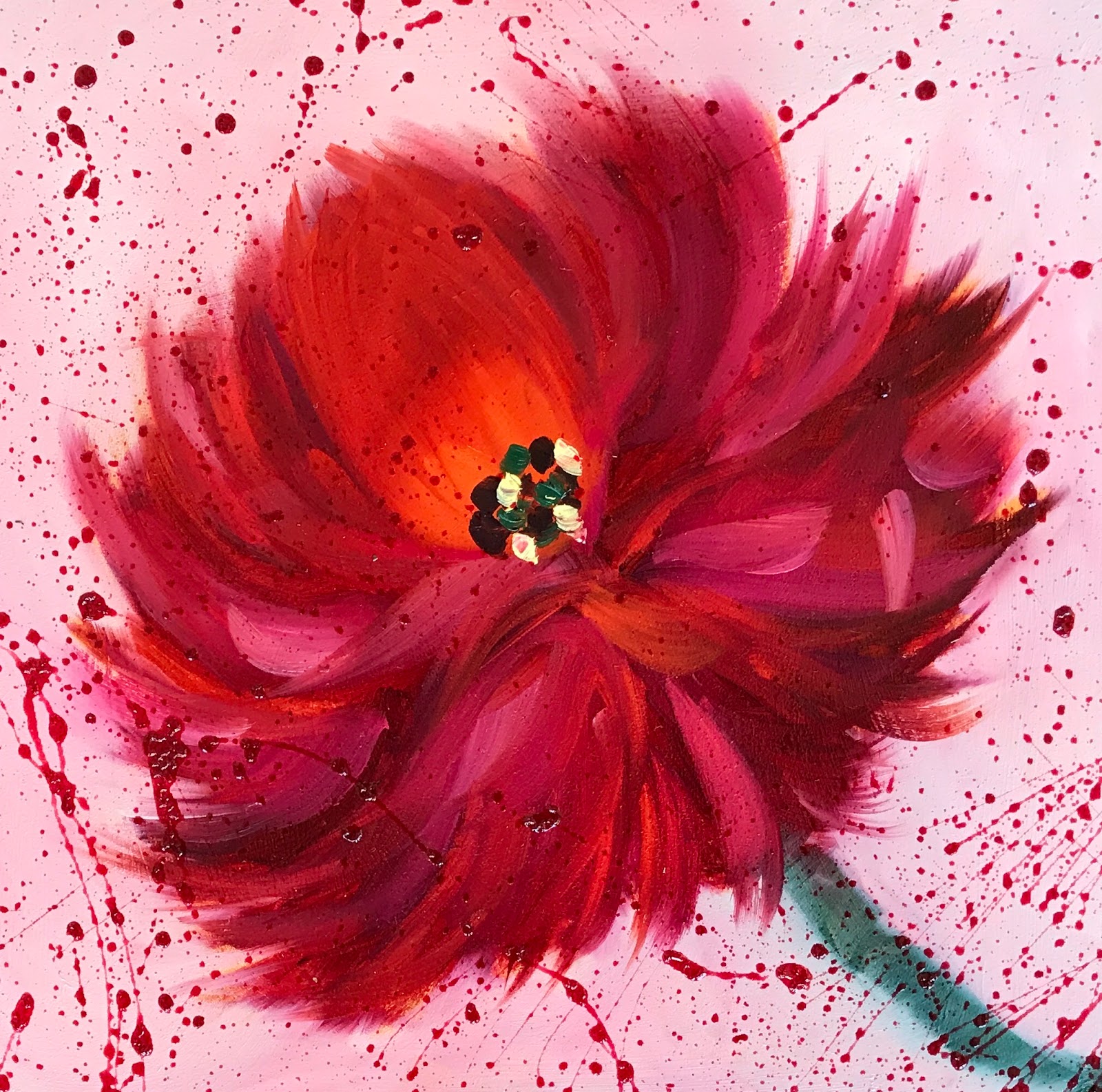In the world of art, few subjects evoke as much beauty and inspiration as flowers. The vibrant colors, intricate shapes, and delicate textures of flowers have captivated artists for centuries, making them a favorite subject for painting. Whether it's a sprawling garden in full bloom or a single stem in a vase, the challenge of capturing the essence of flowers on canvas is both rewarding and fulfilling. In this article, we will explore the fascinating realm of paint flowers, from techniques to inspiration, and even delve into the lives of renowned artists who have made flowers the centerpiece of their work.
As we embark on this colorful journey, we will not only learn about different painting styles and methods but also discover how to infuse our own creativity into our floral compositions. The art of painting flowers is not just about replicating what we see; it’s about expressing emotions, capturing fleeting moments, and creating connections with nature. So, grab your brushes, and let’s dive into the enchanting world of paint flowers!
Whether you’re a seasoned artist or a curious beginner, the joy of painting flowers awaits. From the soft petals of a tulip to the bold hues of a sunflower, each bloom tells a story and invites us to explore our artistic capabilities. Let’s begin our exploration of paint flowers and uncover the secrets to bringing these stunning creations to life on canvas.
What Techniques Can Be Used to Paint Flowers?
When it comes to painting flowers, several techniques can help bring your artistic vision to life. Here are some popular methods:
- Acrylic Painting: This fast-drying medium allows for vibrant colors and layering techniques.
- Watercolor: Ideal for achieving soft washes and delicate details, perfect for capturing the essence of flowers.
- Oil Painting: Known for its rich colors and blending capabilities, oil paint can create depth and realistic textures.
- Pastels: These can be used for both detailed work and broader strokes, giving a unique finish to floral paintings.
How Do You Choose the Right Flowers to Paint?
Choosing the right flowers to paint is crucial for a successful composition. Consider the following factors:
- Season: Select flowers that are in season for the freshest colors and sentiments.
- Personal Connection: Choose flowers that resonate with you personally or hold special meaning.
- Color Palette: Think about the color scheme you want to work with; vibrant or muted tones can drastically change the mood of the piece.
- Shape and Form: Look for flowers with interesting shapes that can enhance the overall composition.
What Are Some Tips for Capturing Realism in Paint Flower Art?
Capturing realism in flower paintings can be a challenging yet rewarding endeavor. Here are some tips to help you achieve lifelike results:
- Study the Flower: Observe the flower in detail—its colors, shapes, and textures.
- Use Reference Photos: High-quality images can serve as a great guide for details and color accuracy.
- Layering: Build up layers of paint gradually to create depth and dimension.
- Lighting: Pay attention to how light interacts with the flower to create highlights and shadows.
Who Are Some Famous Artists Known for Paint Flower Works?
Many artists throughout history have found inspiration in flowers. Here’s a closer look at a few notable figures:
| Artist | Nationality | Era | Famous Works |
|---|---|---|---|
| Claude Monet | French | Impressionism | Water Lilies, Irises |
| Georgia O'Keeffe | American | Modernism | Black Iris, Red Canna |
| Vincent van Gogh | Dutch | Post-Impressionism | Sunflowers, Iris |
How Can You Find Inspiration for Your Paint Flower Artwork?
Finding inspiration for painting flowers can come from various sources. Here are some ideas to spark your creativity:
- Nature Walks: Spend time outdoors observing flowers in their natural habitats.
- Art Exhibitions: Visit galleries and museums to see how other artists interpret floral themes.
- Photography: Capture images of flowers that catch your eye for future reference.
- Art Books: Explore books focused on floral art for techniques and inspiration.
What Color Theory Should You Consider When Painting Flowers?
Understanding color theory is essential for creating stunning floral paintings. Here are some key concepts:
- Color Wheel: Familiarize yourself with primary, secondary, and tertiary colors to mix and match effectively.
- Complementary Colors: Use colors opposite each other on the wheel to create contrast and vibrancy.
- Analogous Colors: Colors that are next to each other can create harmony and unity in your artwork.
- Warm and Cool Colors: Recognize how warm colors can evoke energy while cool colors create calmness.
Why Is the Paint Flower Technique Important for Artists?
The paint flower technique holds significant importance for artists for several reasons:
- Expressive Potential: Flowers can convey emotions and messages that resonate with viewers.
- Exploration of Techniques: Painting flowers offers a chance to practice different styles and methods.
- Connection to Nature: Engaging with floral subjects fosters a deeper appreciation for the beauty of the natural world.
- Personal Growth: Artists can challenge themselves to improve their skills and develop their own unique style.
In conclusion, the world of paint flowers is a vibrant and exciting avenue for artists of all levels. With the right techniques, inspiration, and understanding of color theory, anyone can create stunning floral artworks that capture the beauty and essence of these remarkable creations. So, take a moment to appreciate the flowers in your life, and let them inspire your next masterpiece!




